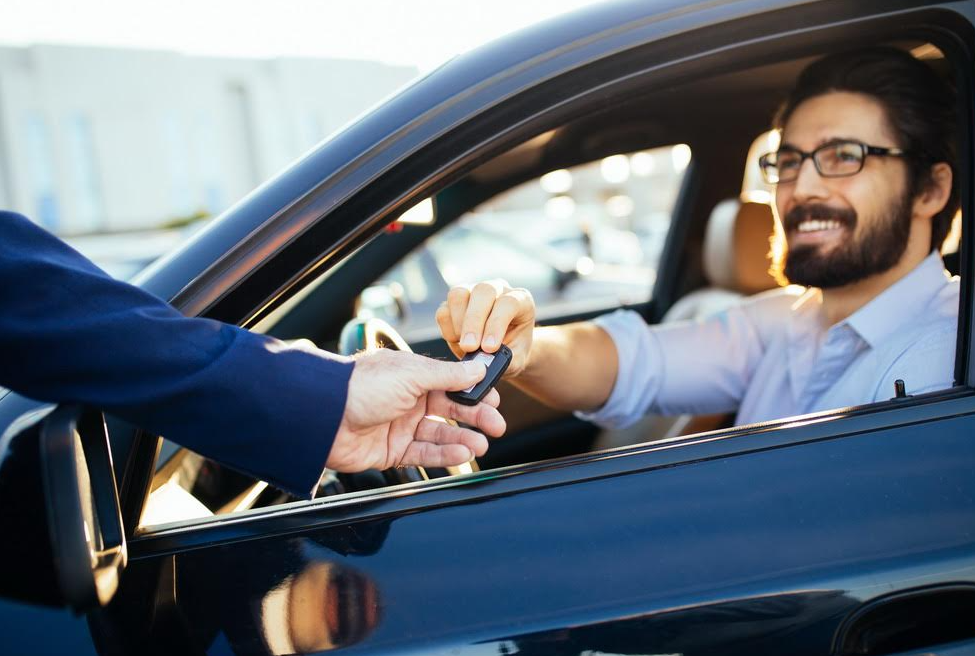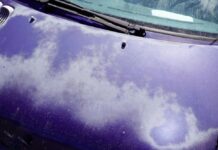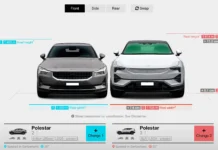Buying a used car directly from an owner has always been somewhat risky. Likewise, buying from unscrupulous dealers who do little more than clean up used cars and touch up the paint can be risky. There are plenty of creative ways sellers try to rip off buyers. Do yourself a favor and educate yourself before attempting to buy a used car.
They say knowledge is power. Well, it certainly is in the used car buying game. Companies like Southern California’s Car Fast Cash rarely get ripped off because they know all the tricks of the trade. When they buy a car in San Bernardino County, they know exactly what it is they are buying.
You might not know enough about cars to fully protect yourself from a scam. That’s why the recommendation to educate yourself before buying. The more you know about used cars and potential used-car scams, the more adept you will be at identifying attempts to rip you off.
Inaccurate Odometer Readings
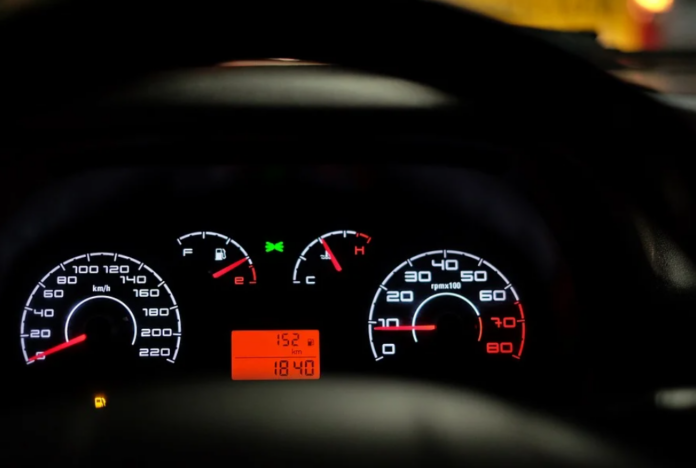
State laws protect consumers against used-car scams in a number of ways, beginning with the requirement to ensure odometer readings are accurate. An odometer reading may be the single most important factor a buyer looks at. Therefore, it has to be accurate.
Sellers with the right skills can roll back odometers prior to showing a vehicle. It is harder than it used to be, thanks to electronic technology, but it’s still possible by someone who knows what they are doing. How would you know? Without actually seeing the odometer being rolled back with your own eyes, there is no way to know for sure. But there are signs you can look for:
Unusual Wear and Tear – Wear and tear demonstrated by tires, brake pads, etc. can give you a good idea of how old a car is. A car that only has 20,000 miles on it should still have its original tires. If service records indicate it is on its second or third set of tires, the odometer reading might be false.
An Altered Title – Car titles reflect odometer readings. The odometer reading on any title reflects the miles on that car when the title was issued. An altered title suggest that someone has been tampering with it or the car. That is reason to suspect an inaccurate odometer reading.
Inconsistent Maintenance Records – Cars should undergo routine maintenance every 5000-7000 miles. Over the course of several years, this creates a paper trail of records. If maintenance records do not seem to agree with odometer readings, be suspicious.
Knowingly attempting to sell a car with an inaccurate odometer reading is considered fraud and, in most states, it is a serious crime with serious consequences. Yet sellers still try to pull it off.
Title Washing
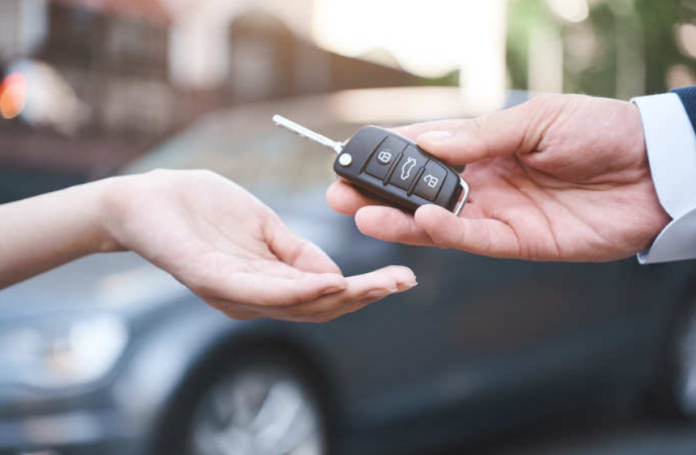
Title washing is just as serious as odometer fraud. It is a crime that involves trying to conceal the fact that a used car was subject to significant damage in the past. Sellers try to take advantage of special titles that allow them to take ownership of damaged vehicles, repair them, and then sell them.
For instance, states are known to offer junk or salvage titles on cars that have been totaled by insurance companies. The point of the junk or salvage title is to inform any potential buyer that the car has been damaged. But there are used-car sellers who, after making repairs, try to re-title the car in a different state. They are banking on the fact that whoever processes the title application will not pick up on the fact that a junk or salvage title has been submitted.
A new title issued by a different state is known as a washed title. It hides the fact that the car in question has been salvaged and rebuilt. If a buyer is not careful, they could wind up with a salvage vehicle that hasn’t been properly repaired. That could mean a car that is possibly unsafe to drive.
Altered Vehicle Identification Numbers
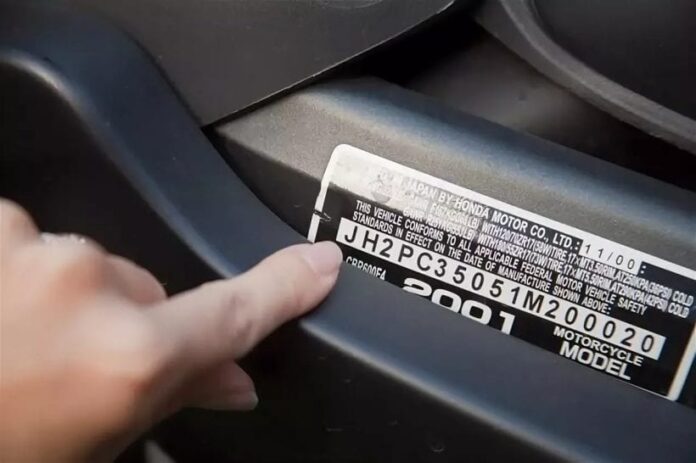
Every car is assigned a vehicle identification number (VIN) by the manufacturer. This is not a random number. VINs contain valuable information including make and model, year of manufacture, engine specifications, and more. Also note that VINs generally appear in three locations: on the lower left corner of the windshield, on the driver’s side door or doorjamb, and on the engine firewall.
It is a good idea to check all three locations to make sure the VINs match. Car thieves are known to change VINs to hide the fact that a vehicle has been stolen. They will alter the VIN just slightly so that, if traced, it shows up as a legitimate number assigned to another car.
Mismatching VINs are a big red flag. They are definitely cause to abandon a deal and walk away. Unless an altered VIN can be reasonably explained with a vehicle history report, mismatched numbers are bad news.
Roadside Sales

Scammers know full well that buyers are likely to discover they have been taken advantage of shortly after making a purchase. So to cover their tracks, they place their cars at the side of the road for sale. Interested buyers are supposed to call a number printed on a sign in the window and the seller will come meet them there. This is another red flag.
Roadside sales can be nothing more than an attempt to sell a car and drive away before the buyer realizes they have been scammed. With no home address or dealership location to go to, the buyer is out of luck. As for the phone number in the window, it is probably attached to a burner phone that will be answered again.
Unfortunately, it is too easy to be ripped off when you are buying a used car. There is a lot to know about cars and, if your body of knowledge isn’t up to snuff, you might be an easy person to victimize. Remember that education is the key. The more you know, the better protected you are against scammers.

